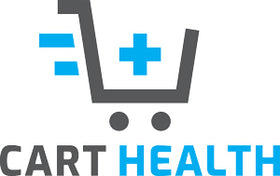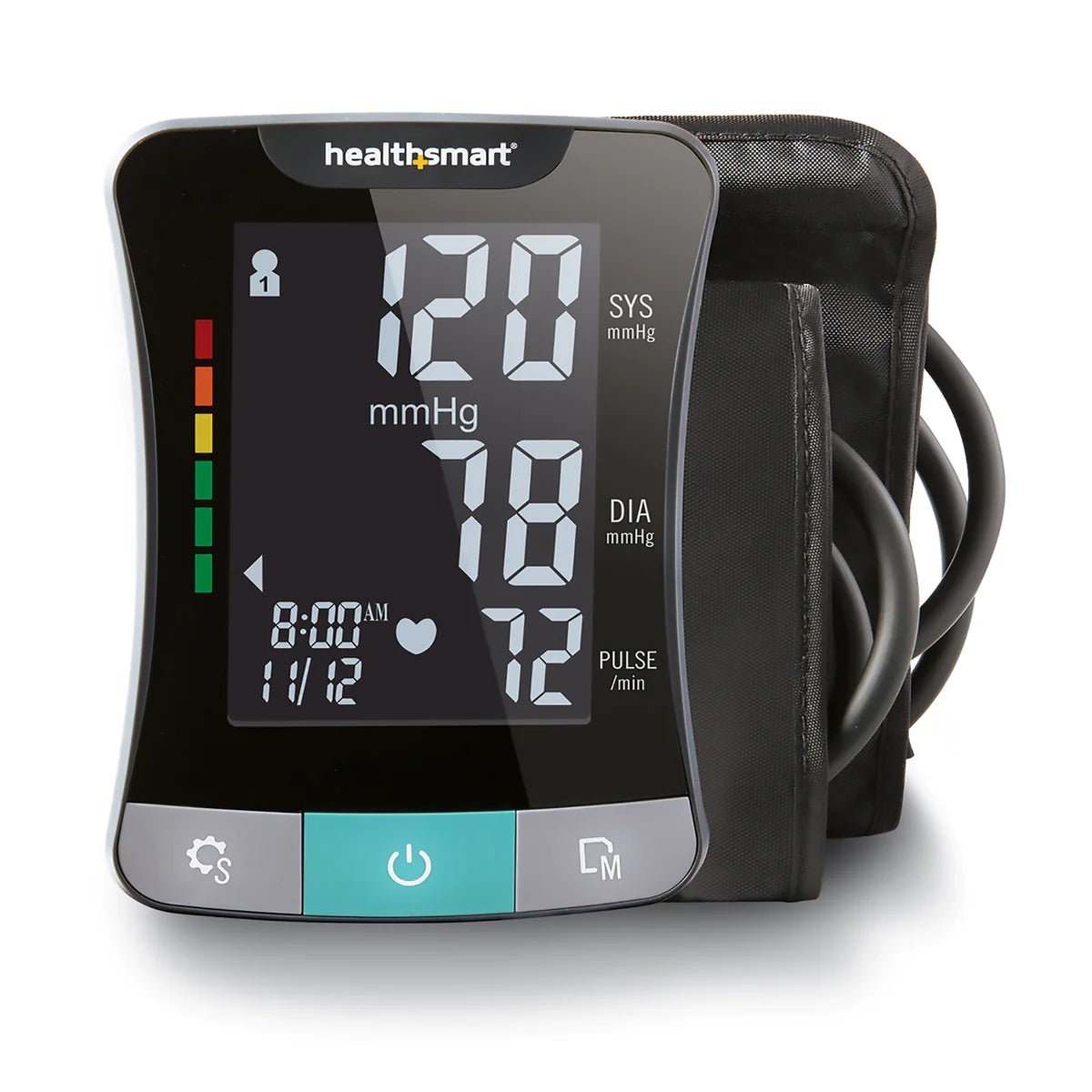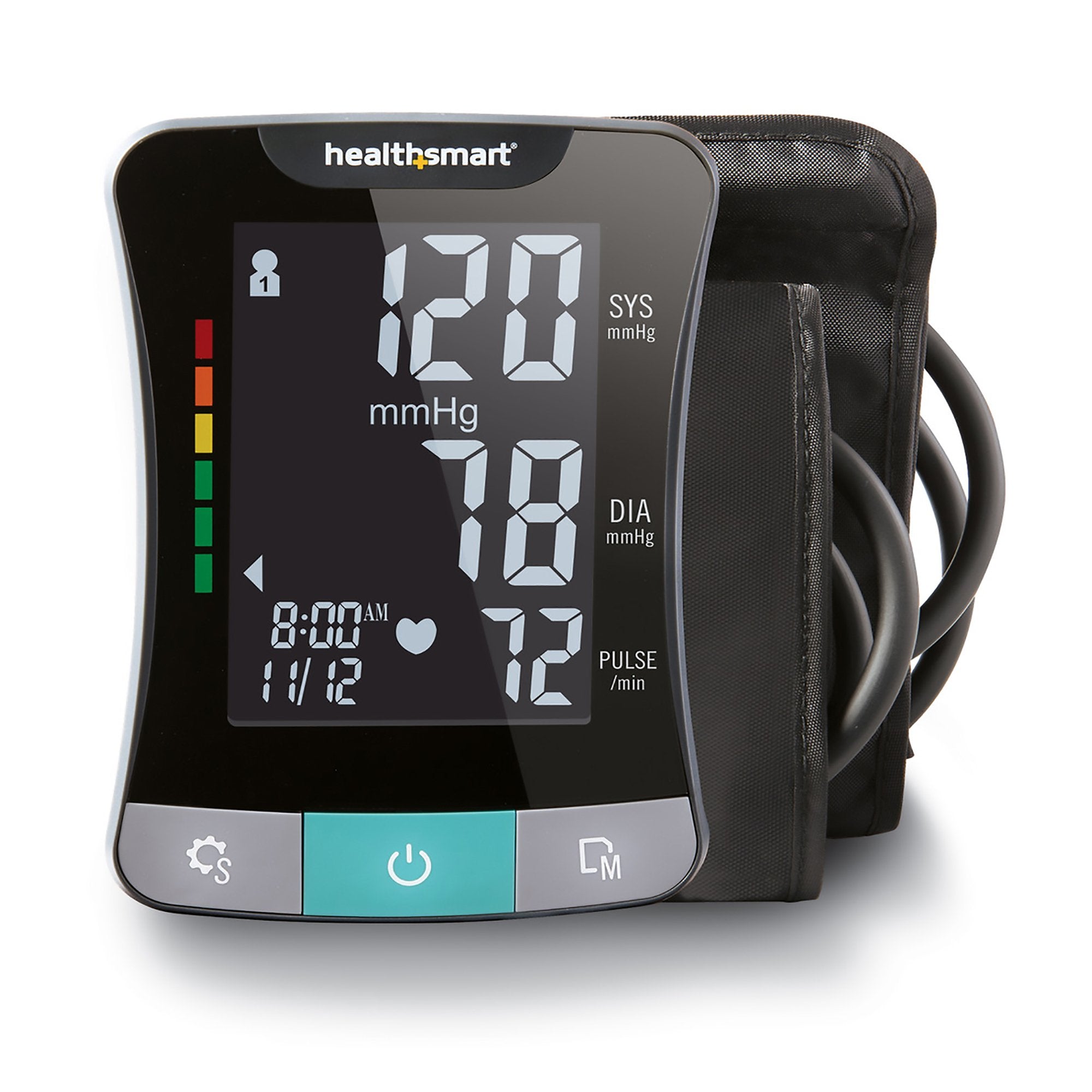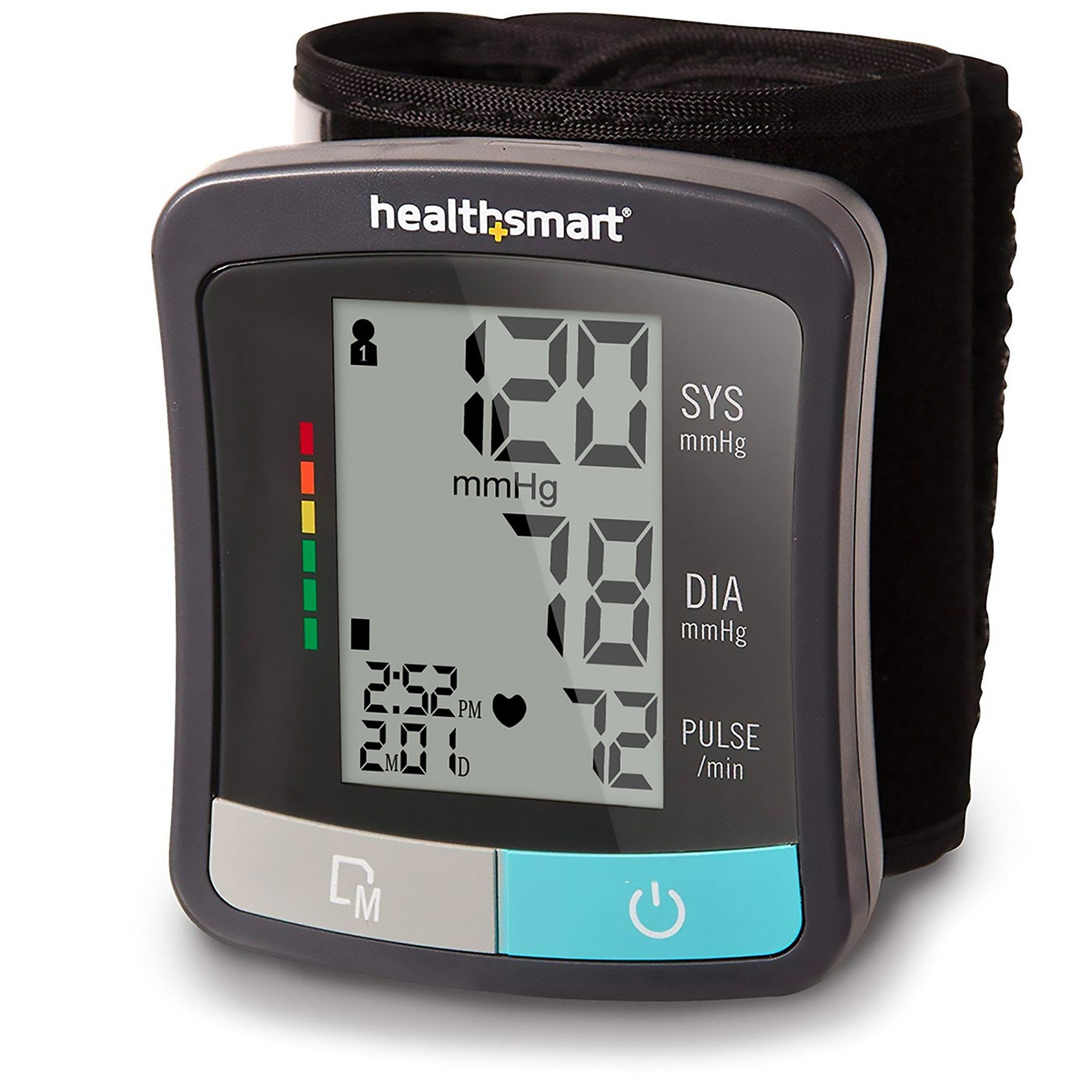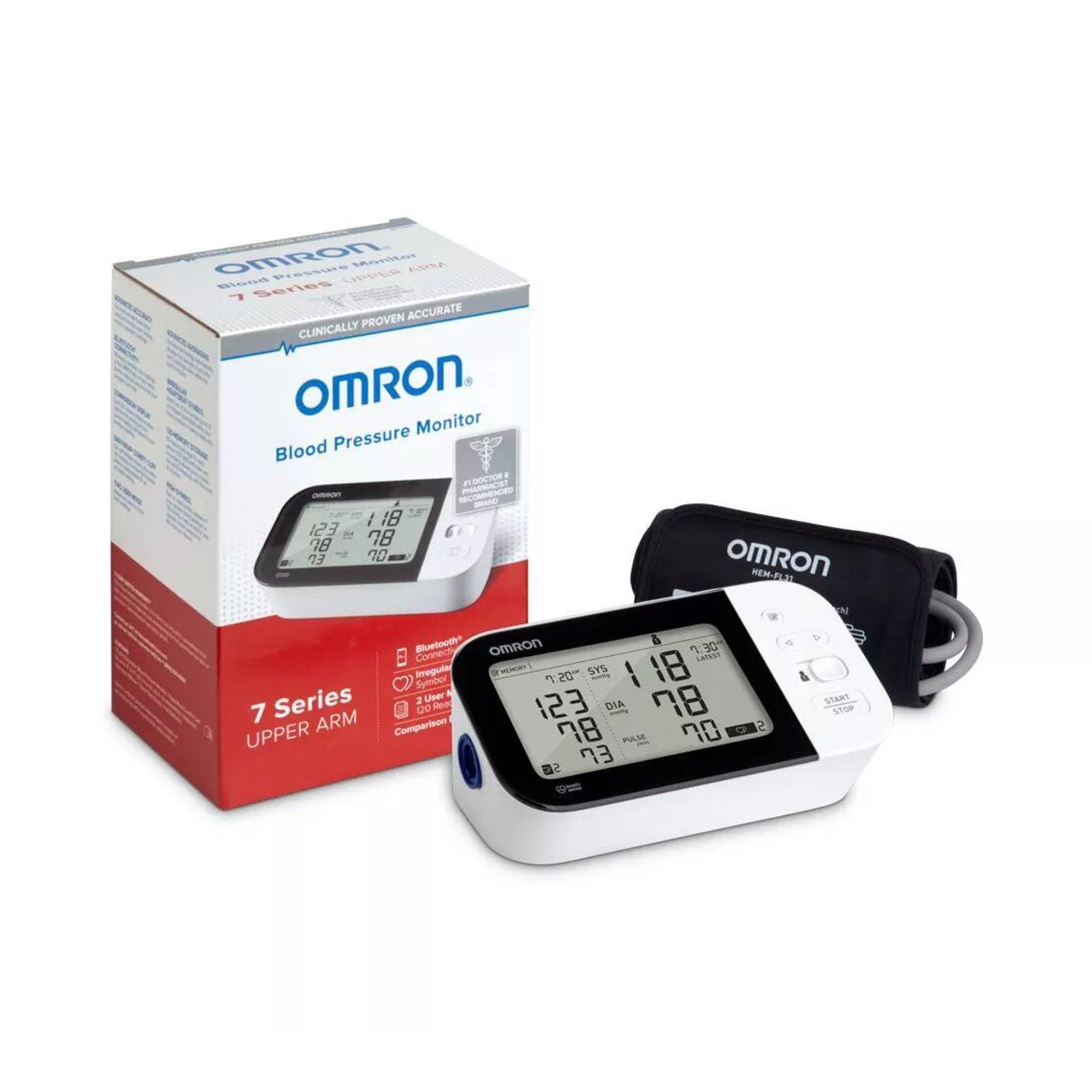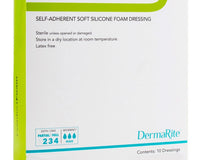In the fast-paced world we live in, taking charge of our health has become increasingly important. One vital aspect of maintaining good health is monitoring our blood pressure regularly. Blood pressure monitors have revolutionized the way we track and manage our cardiovascular well-being. In this comprehensive guide, we will delve into the world of blood pressure monitors, exploring their importance, types, benefits, and how they can help you achieve optimal health. So, let's embark on this journey towards better well-being and equip ourselves with the knowledge we need to make informed decisions.
The Importance of Blood Pressure Monitoring
Understanding blood pressure is crucial in maintaining a healthy lifestyle. Blood pressure refers to the force exerted by circulating blood against the walls of our arteries. It is measured in millimeters of mercury (mmHg) and is expressed as two numbers: systolic pressure over diastolic pressure. The systolic pressure represents the force exerted on the artery walls when the heart contracts, while the diastolic pressure indicates the pressure when the heart is at rest between beats.
By monitoring your blood pressure regularly, you can detect any potential abnormalities and take proactive steps to manage your cardiovascular health. Blood pressure monitors allow you to track changes, identify patterns, and work with your healthcare professional to develop personalized strategies to maintain healthy blood pressure levels.
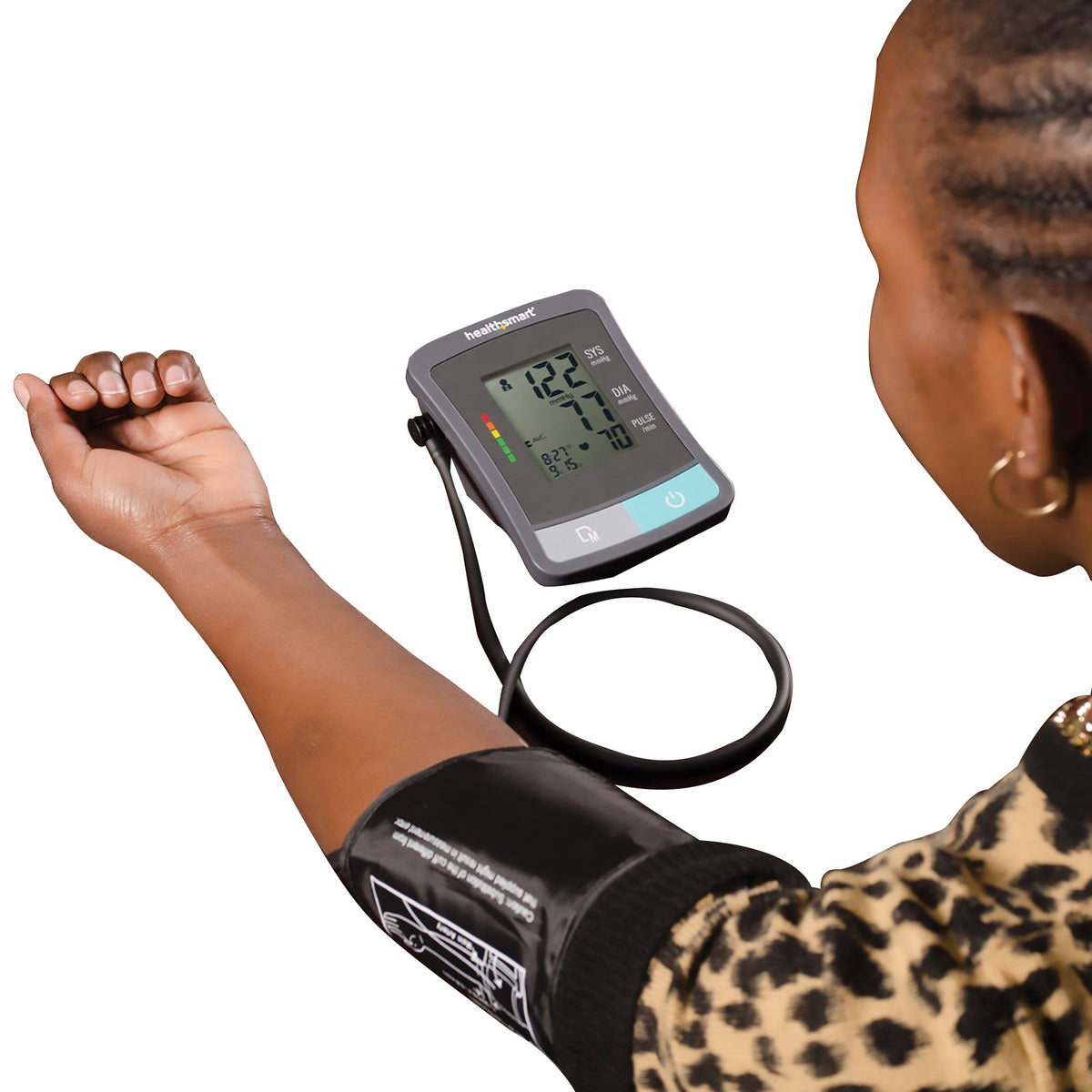
Types of Blood Pressure Monitors
There are two main types of blood pressure monitors: manual and automatic. Manual monitors consist of an inflatable cuff, a pressure gauge, and a stethoscope. These monitors require manual inflation of the cuff and listening to the Korotkoff sounds with the stethoscope to determine the blood pressure readings.
On the other hand, automatic monitors, also known as digital monitors, are simpler to use and provide more convenience. These monitors have an electronic sensor that detects the pressure oscillations in the arteries and automatically displays the readings on a digital screen. Automatic blood pressure monitors are often preferred by individuals who need to monitor their blood pressure at home due to their ease of use and accuracy.
The Benefits of Using Blood Pressure Monitors
-
Early Detection of Hypertension: High blood pressure, or hypertension, is a silent killer that often shows no symptoms until it reaches a critical stage. By regularly monitoring your blood pressure, you can catch hypertension in its early stages and seek appropriate medical intervention to prevent complications.
-
Personalized Blood Pressure Management: Blood pressure monitors empower you to take control of your health. With accurate readings at your disposal, you can work closely with your healthcare provider to develop personalized strategies to manage your blood pressure effectively. This may include lifestyle modifications, medication, and ongoing monitoring.
-
Convenience and Flexibility: With a blood pressure monitor at home, you no longer need to visit a healthcare facility for regular checks. This saves time and offers convenience, especially for individuals with busy schedules or limited mobility. Additionally, monitoring your blood pressure at home provides a more relaxed environment, potentially yielding more accurate readings.
-
Proactive Approach to Heart Health: By monitoring your blood pressure regularly, you adopt a proactive approach to heart health. You can identify patterns and triggers that affect your blood pressure, allowing you to make necessary adjustments in your lifestyle, such as reducing sodium intake, increasing physical activity, and managing stress.
Choosing the Right Blood Pressure Monitor
When selecting a blood pressure monitor, several factors should be considered to ensure accurate and reliable readings:
- Cuff Size: It is essential to choose a monitor with the appropriate cuff size for your arm. An ill-fitting cuff can result in inaccurate readings. Most monitors provide guidance on selecting the
- Accuracy and Validation: Look for blood pressure monitors that are validated for accuracy. Validation ensures that the monitor has undergone rigorous testing and meets the standards set by regulatory authorities. Choosing a validated monitor provides reassurance that your readings are reliable and accurate.
- User-Friendliness: Opt for a monitor that is easy to use and navigate. Consider features such as a large, clear display, simple button controls, and intuitive instructions. A user-friendly monitor enhances the overall monitoring experience and encourages regular usage.
- Memory and Data Management: Some blood pressure monitors come with built-in memory that allows you to store previous readings. This feature is especially useful for tracking your blood pressure trends over time. Additionally, monitors that offer data management options, such as smartphone connectivity or compatible apps, can streamline the process of recording and analyzing your readings.
- Additional Features: Explore the additional features offered by different blood pressure monitors. Some monitors may include features like irregular heartbeat detection, multiple user profiles, average calculation, or even integration with fitness trackers. Consider your specific needs and preferences when choosing a monitor with additional features.
Conclusion
Blood pressure monitors play a pivotal role in proactive health management. By monitoring your blood pressure regularly, you can detect early signs of hypertension, personalize your blood pressure management, and take charge of your cardiovascular health. With advancements in technology, blood pressure monitors have become more user-friendly and convenient, allowing you to monitor your blood pressure in the comfort of your own home.
At Cart Health, we're dedicated to equipping you with the information you need to select the right blood pressure monitor and navigate your health journey confidently. Remember, your health is in your hands, and by incorporating blood pressure monitoring into your routine, you are taking a crucial step towards a healthier, happier life.
